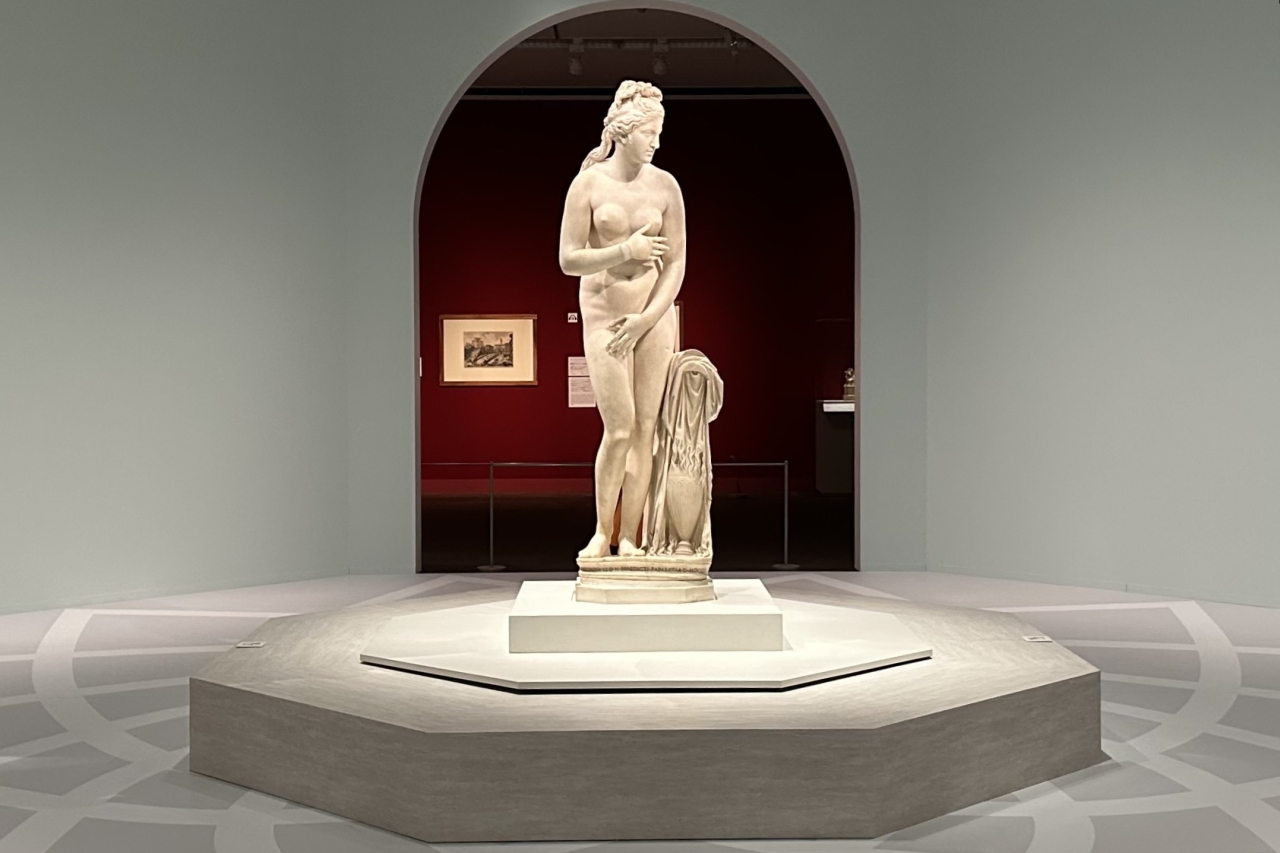
The “Eternal City of Rome'' exhibition, which introduces the history of Rome's beauty from the founding of the country to modern times, has opened at the Tokyo Metropolitan Museum of Art, focusing on the collection of the Capitoline Museums in the center of Rome. The exhibition period is from Saturday, September 16, 2023 to Sunday, December 10, 2023.
I visited the venue and will report on the exhibition.
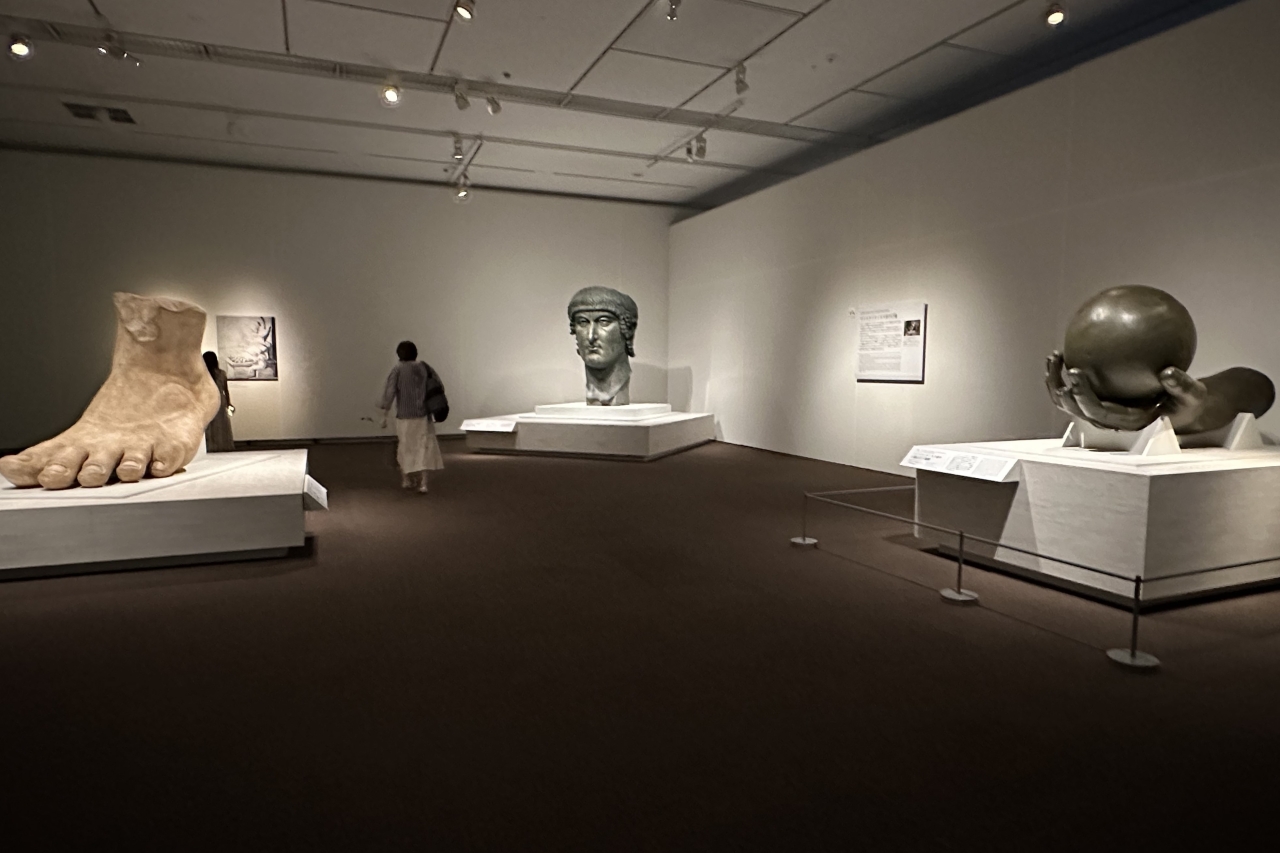
Exhibition scenery

Exhibition scenery

Installation view, from left: Antonio Canova, Dance of the Phaeces, 1806, Villa Torlonia Museum collection / Fragment of a relief representing the negative, late 1st century BC – 1st century AD, Capitoline Museums collection
Capitoline Museums celebrates the history of Rome's glory and beauty
Capitoline Hill has long been the religious, political, and cultural center of the Romans, with temples dedicated to the supreme god Jupiter and other gods rising there in ancient times, and today the Capitoline Hill is where Rome's City Hall is located. The Capitoline Museums, built on a hill there, are among the oldest museums in the world.
In 1471, Pope Sixtus IV during the Renaissance donated four ancient sculptures to the citizens of Rome, with the purpose of inspiring their self-respect and demonstrating that he was the legitimate heir of ancient Rome, on the Capitoline Hill. The museum was established as a result of the establishment of the museum. It opened to the public in 1734 and has amassed a rich collection of ancient relics excavated in Rome, sculptures originating from the Vatican, and works of art owned by prominent Roman families.
This exhibition focuses on items from the collection of the Capitoline Museums, and covers everything from the founding myths of the nation, to the glory of the ancient Roman era, to the Renaissance and Baroque, when art reached its peak, and from the 17th century onward, when it became a place of aspiration for artists. This exhibition introduces the magnificent history and art of Rome, known as the "Eternal City," through approximately 70 sculptures, paintings, and prints.
In addition to the five chronological chapters, there is also a special exhibit introducing the exchange between the museum and Japan, marking the 150th anniversary of the Iwakura Mission's visit to the museum.
The first chapter, “The Creation of the Myth of the Founding of Rome,'' unravels the folklore and myths of ancient Rome, which is said to have been founded in 753 BC.The starting point is the famous work “The Capitoline She-Wolf (Reproduction),'' which can be said to be the symbol of Rome. It was placed there.

Capitoline She-Wolf (copy), 20th century (original 5th century BC), in the collection of the City Hall of Rome
The original work is one of the four ancient sculptures that started the Capitoline Museums. It is said to have been created in the 5th century BC. (The exhibited work is a later reproduction owned by the City Hall of Rome)
This story is based on the story of the she-wolf who raised Romulus, the first king of Rome, who was born to Mars, the god of war, and the priestess Rhea Sylvia, and his younger brother Remus, which is an episode of the epic poem “Aeneid'' by the poet Virgil, which is based on the myth of the founding of Rome. .
Originally it only had a female wolf, but during the Renaissance, a statue of twins drinking milk was added. The she-wolf's wide-open eyes and fur are expressed in a stylistic yet delicate manner.
The statue of a she-wolf nursing twins is enshrined in the city of Rome, and as it continues to move forward with the history of the empire as the embodiment of the founding myth, it has become public art such as public monuments and coins, poetic jewelry, and festival art. It has influenced the iconographic expression of various media. “The Capitoline She-Wolf'' is the surviving work that can be considered an icon, except for the twin statues added in later generations.
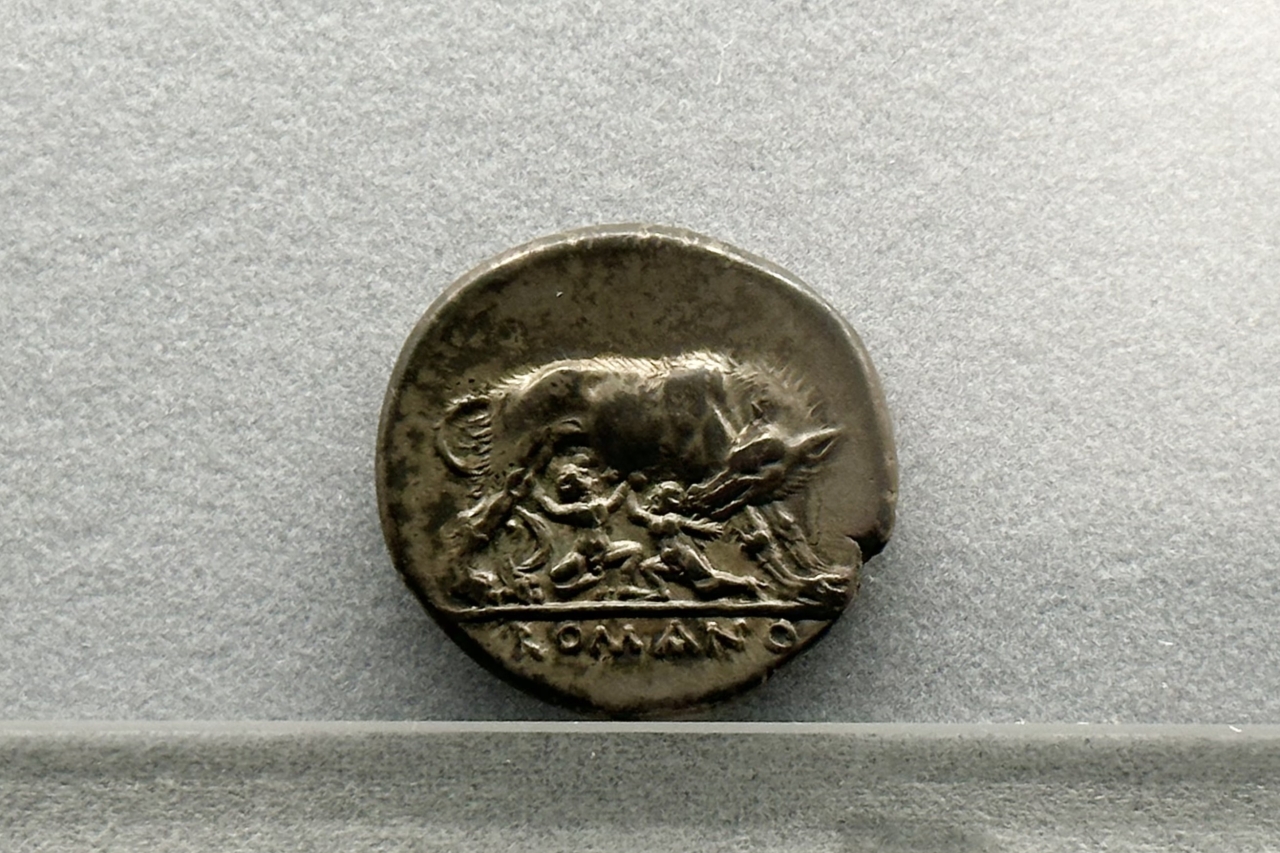
Silver drachma: Hercules (obverse), she-wolf nursing twins (reverse) (top is reverse) 265 BC or later (Republican period), Capitoline Museums
Indicating its enormous influence as a symbol, there are many other works in Chapter 1 that depict the she-wolf, such as the Silver Drachma and the Mirror of Bolsena (4th century BC). .
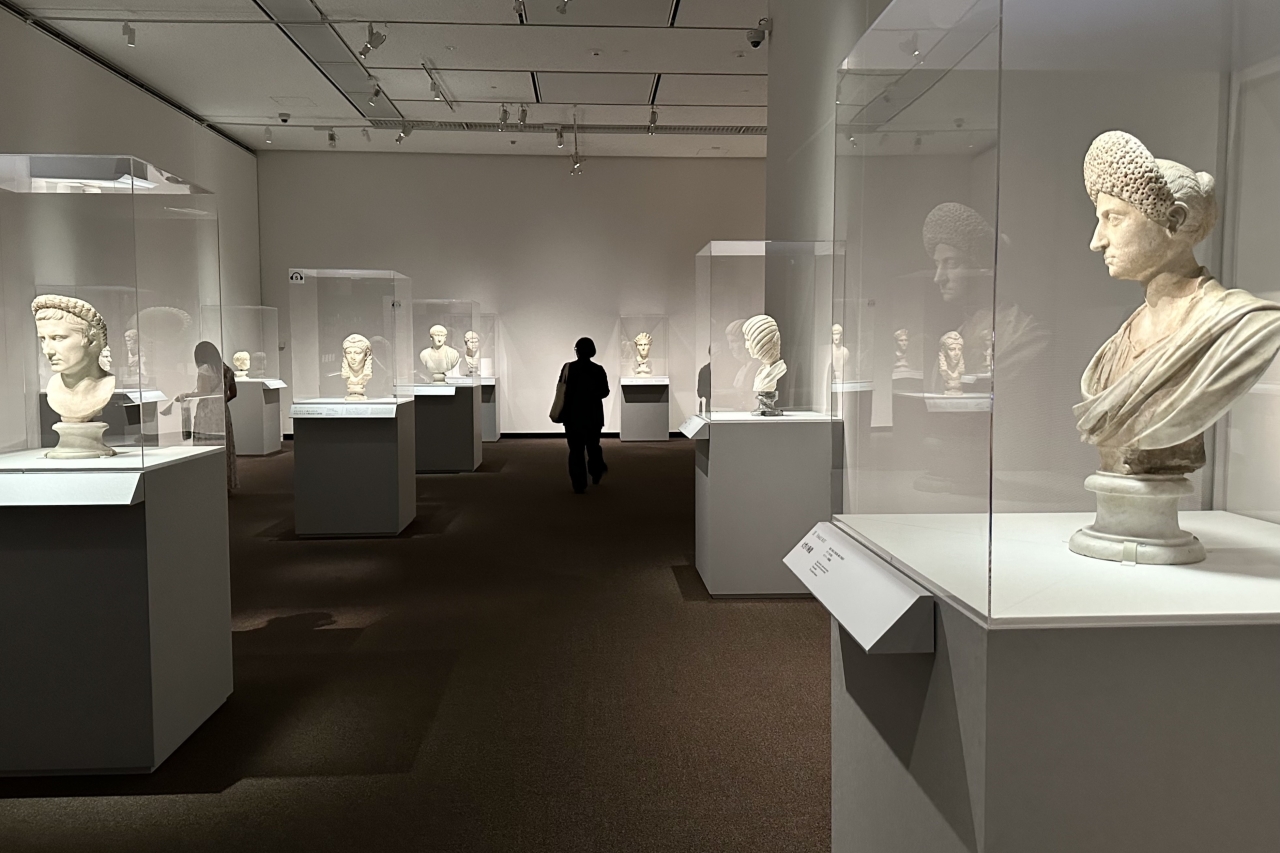
Exhibition view of Chapter 2 “The Glory of the Ancient Roman Empire”
During the imperial period from 27 BC onwards, portraits developed along with the prosperity of the empire. The portraits of Roman emperors, with their dignified expressions and realism, not only functioned as a means of propaganda, but also influenced the private portraits of ordinary citizens, and are said to have popularized various fashionable outfits, poses, and hairstyles. Masu.
Chapter 2, “The Glory of the Ancient Roman Empire ,'' traces the glorious era through the “faces of the times,'' including the head carvings of Julius Caesar and Augustus, who laid the foundations of the ancient Roman Empire. It communicates social and political changes.
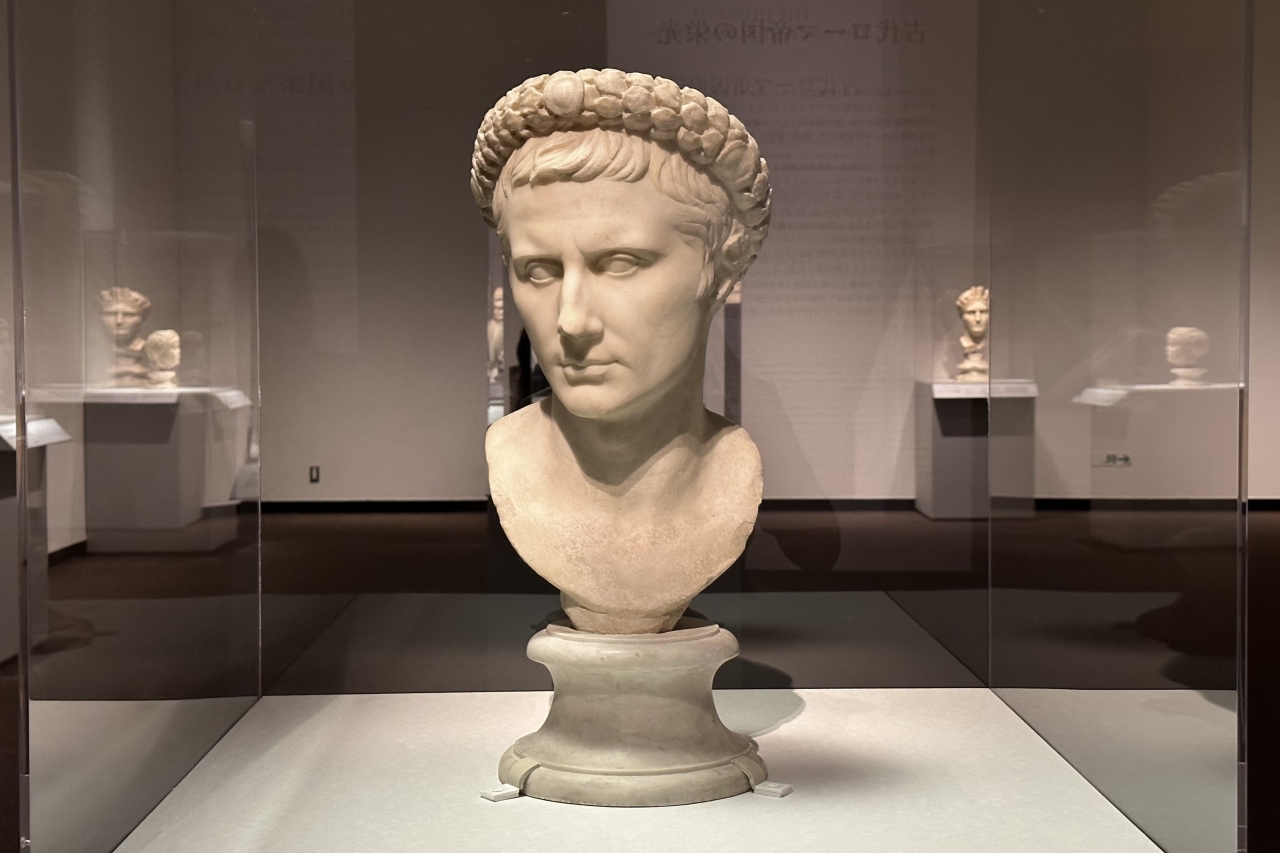
Portrait of Augustus, early 1st century, Capitoline Museums
Here, fragments of the two Colossi of Constantine owned by the Capitoline Museums were displayed in elaborate full-size reproductions, making it very impressive. The Colossus of Constantine is another ancient sculpture donated by Pope Sixtus IV to the citizens of Rome.
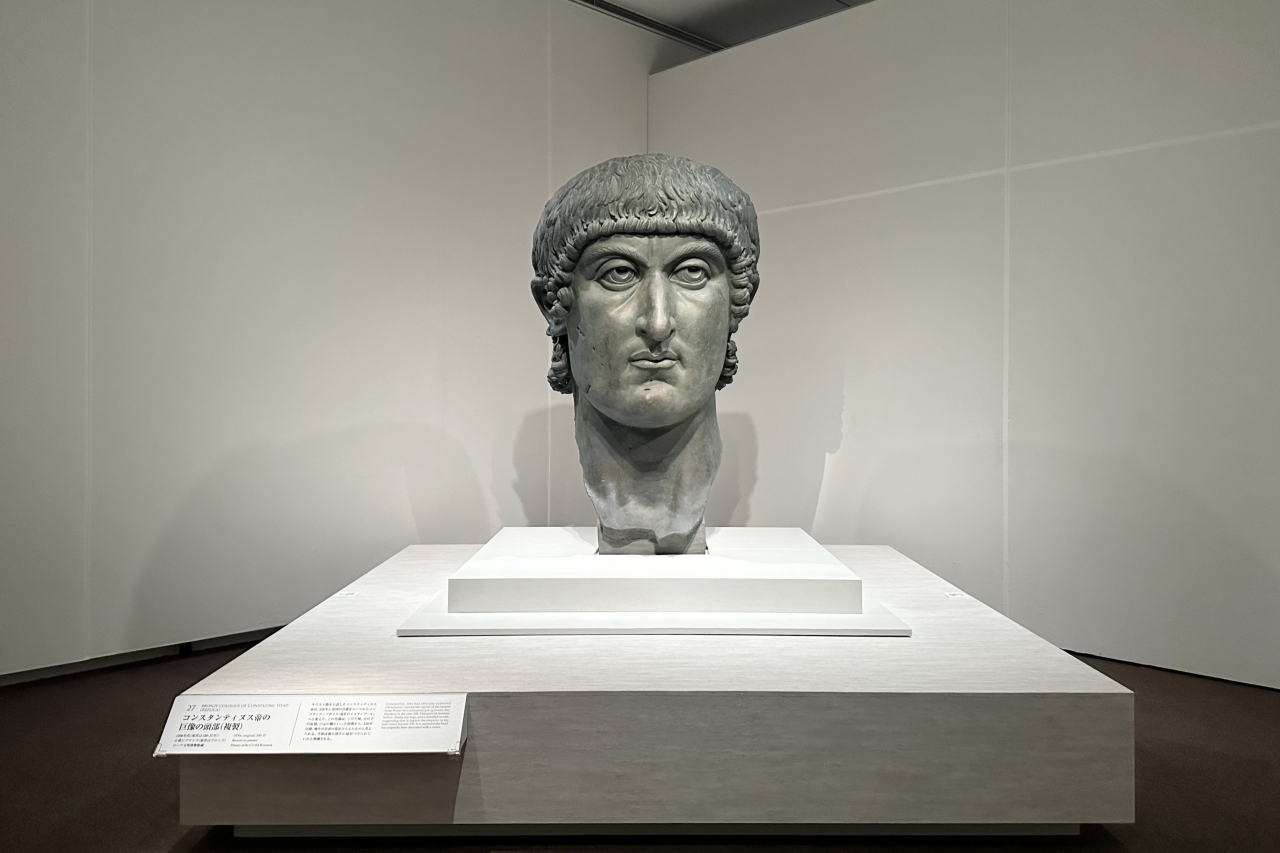
"Head of the Colossus of Constantine (reproduction)" 1930s (original 330-37), Museum of Roman Civilization
Constantine (r. 306-337) was one of the most important emperors of the Roman Empire. He is known as the first Roman emperor to reunite the divided empire, recognize Christianity as the state religion, and become a believer himself.
The head alone is approximately 1.8 meters tall. Its scale is reminiscent of its former glory. It is believed that the sunken cheeks, stern tear bags under the eyes, and wrinkles around the mouth are a depiction of the emperor in his later years. Even though she has a dignified expression, the eyes that look slightly upwards as if looking into the distance are impressive. It has a detached atmosphere that seems to reflect the high ideals that people at the time had for the emperor.
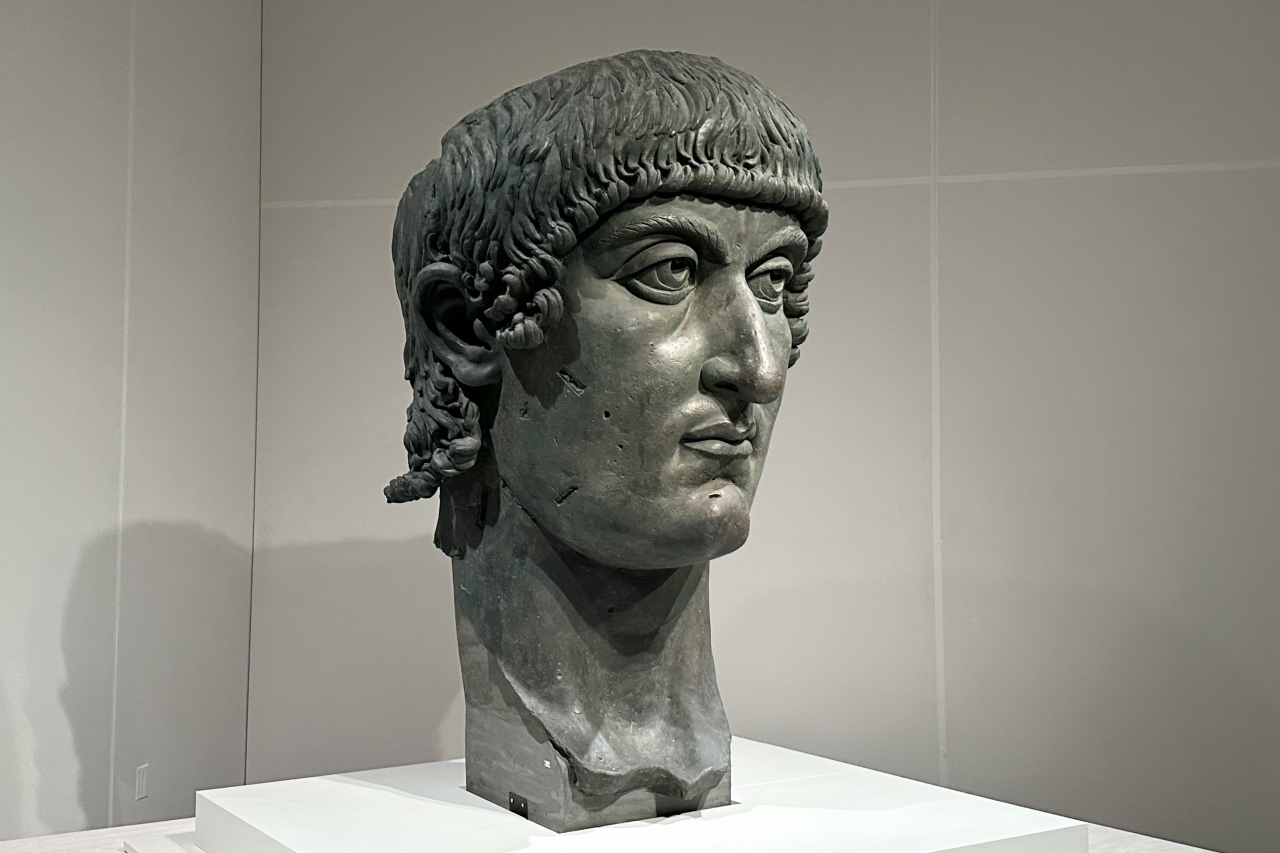
"Head of the Colossus of Constantine (reproduction)" 1930s (original 330-37), Museum of Roman Civilization
In addition to the head, the left foot, left hand, and the index finger of the left hand, which was recently discovered at the Louvre Museum, were also exhibited, along with a new reproduction made specifically for this exhibition.

"Left hand of the Colossus of Constantine (copy)" 1996 (original 330-37), Museum of Roman Civilization
Don't miss out on the hidden gem "Venus of the Capitoline"!
Additionally, Venus of the Capitoline, displayed in Chapter 2, is the most notable work of this exhibition.

Venus of the Capitoline, 2nd century, Capitoline Museums collection
This 2nd century work is based on a statue of Aphrodite (the Greek goddess of love, identified with Venus) created in the 4th century BC by the great ancient Greek sculptor Praxiteles.
She takes the typical shy pose of Venus statues, and the expression of her graceful body curves and plump skin texture is extremely beautiful and attractive. If you look closely, you can see that her hair is tied into a bow at the top of her head, tied into a chignon at the nape of her neck, and then her hair is let down in two parts, which is a bit of an interesting hairstyle.
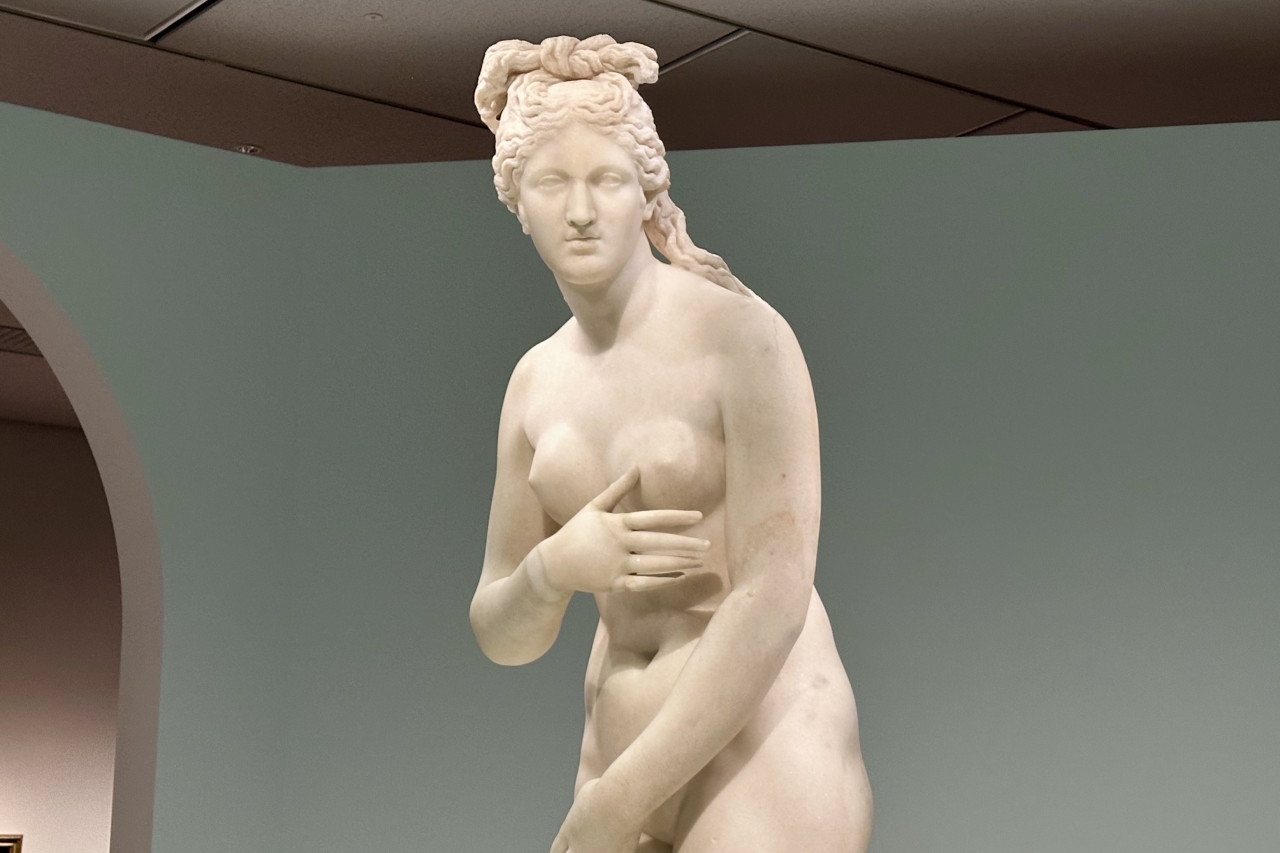
Venus of the Capitoline, 2nd century, Capitoline Museums collection
This work is known as a masterpiece of ancient Venus statues, along with Venus de Milo (Louvre Museum) and Venus de Medici (Uffizi Gallery). In fact, this is the third time it has been taken outside the Capitoline Museums since it was acquired in 1752, including the time when it was temporarily confiscated by the French army led by Napoleon, so it can truly be said to be a treasure that should never be left out. .
This is a must-see work that I don't know if I will have the chance to see again in Japan in the future.
For the exhibition, we have prepared a special space inspired by the octagonal exhibition room called “Venus Room'' at the Capitoline Museums, where the work is usually displayed. Similarly, the floor was created in the pattern of Piazza del Campidoglio, designed by Renaissance master Michelangelo, where the museum is located.
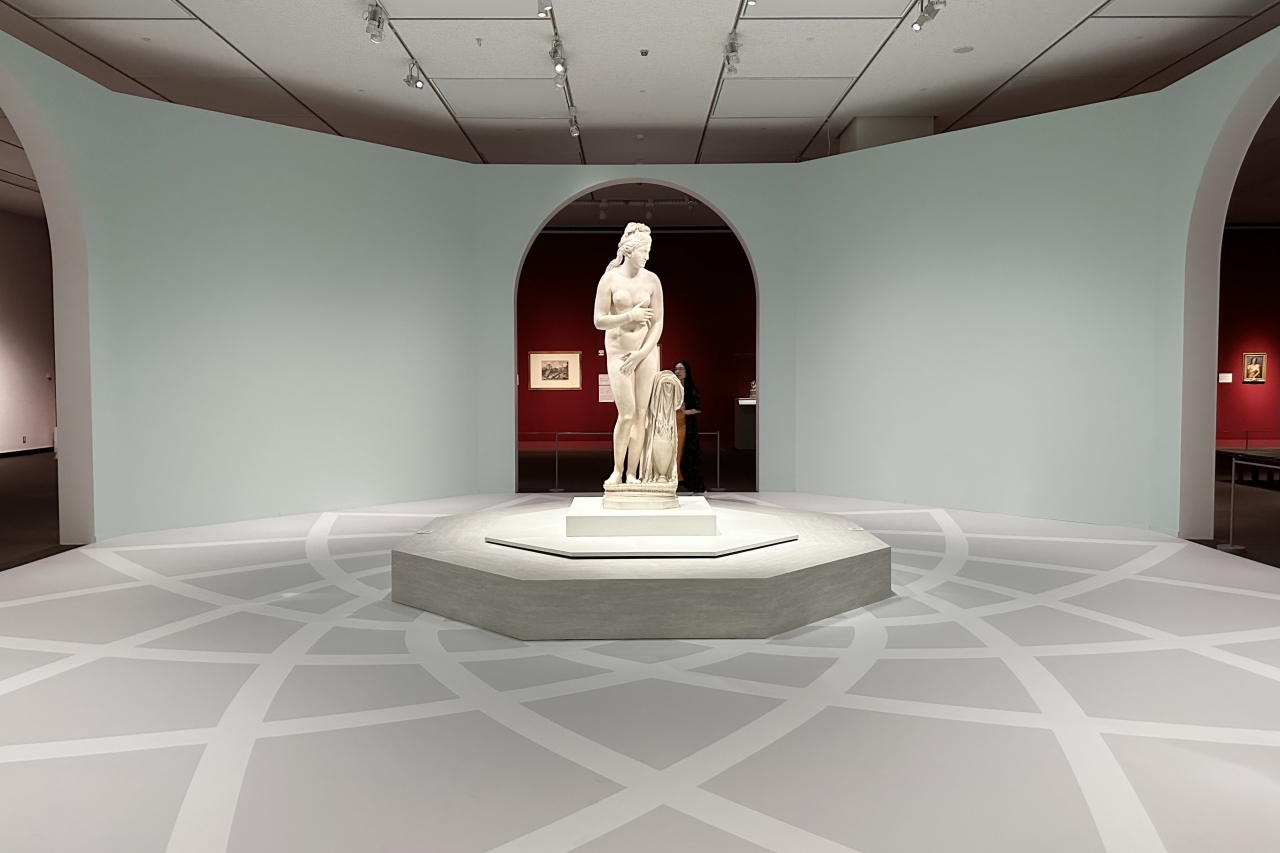
Venus of the Capitoline, 2nd century, Capitoline Museums collection
For more information about Michelangelo's urban planning, which began in 1537, and the development of the iconic museum complex with a plaza and buildings that embody the splendor of the city of Rome, see Chapter 3, “From the Birth of Museums to Michelangelo's Piazza'' The concept is introduced in detail through paintings and prints.

Exhibition view of Chapter 3, “From the Birth of Museums to Michelangelo’s Concept of the Piazza,” in the center is the River God, mid-3rd century, owned by the Capitoline Museums.
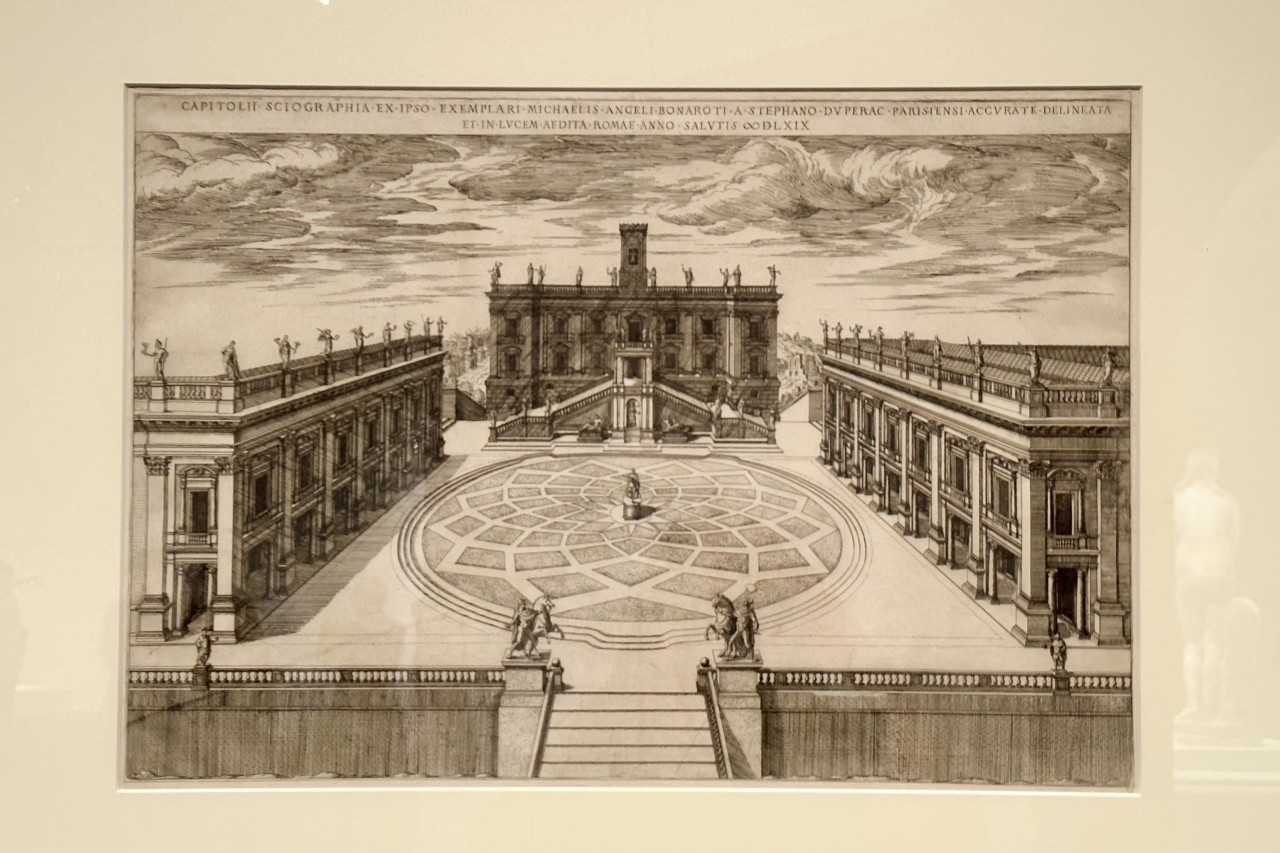
Etienne Duperac, View of Piazza del Campidoglio, 1569, Museum of Rome collection
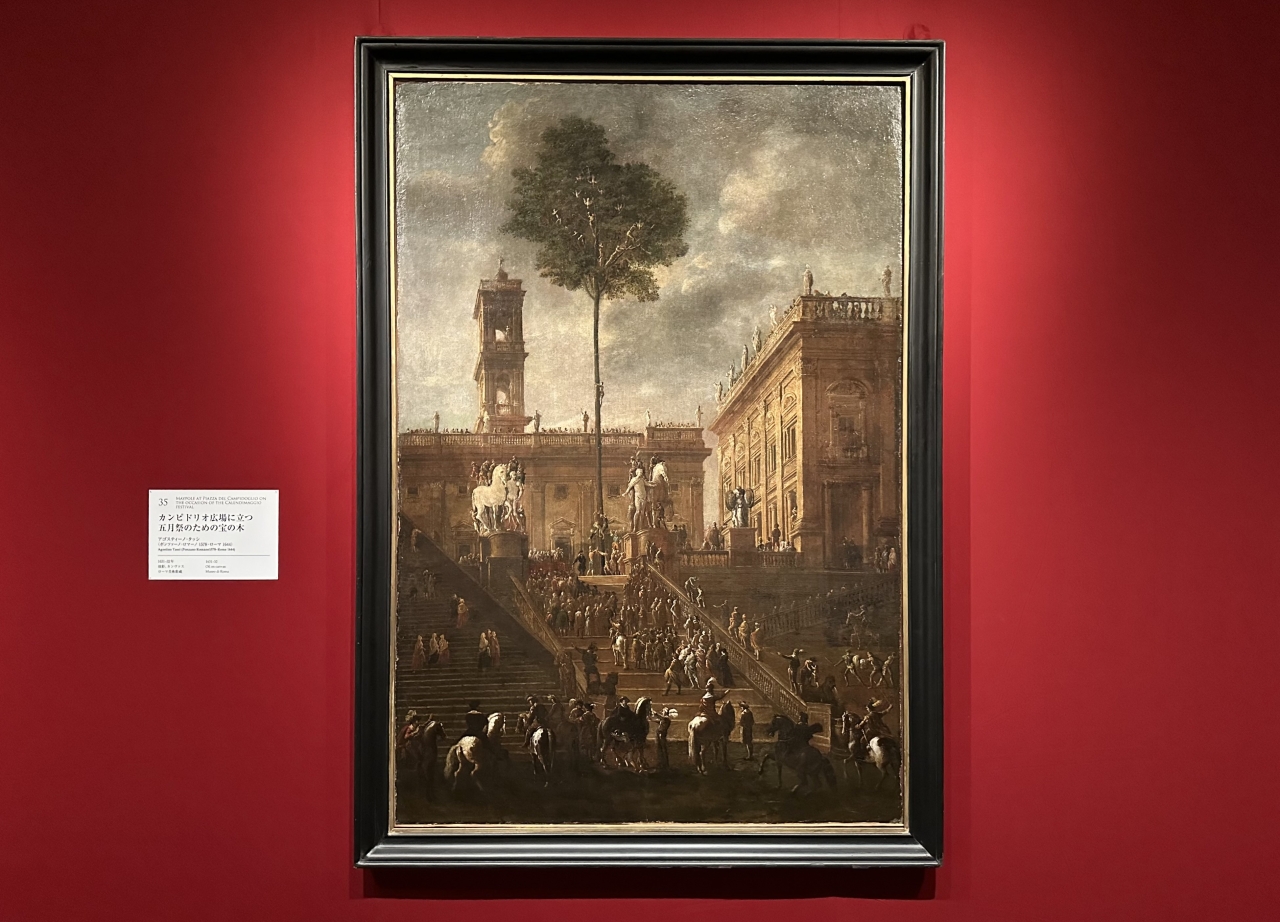
Agostino Tassi, Treasure Tree for the May Festival in Piazza del Campidoglio, 1631-32, Museum of Rome collection
In Chapter 4, "Picture Gallery Collection," Pope Benedict Displaying 13 works from the art gallery's collection.
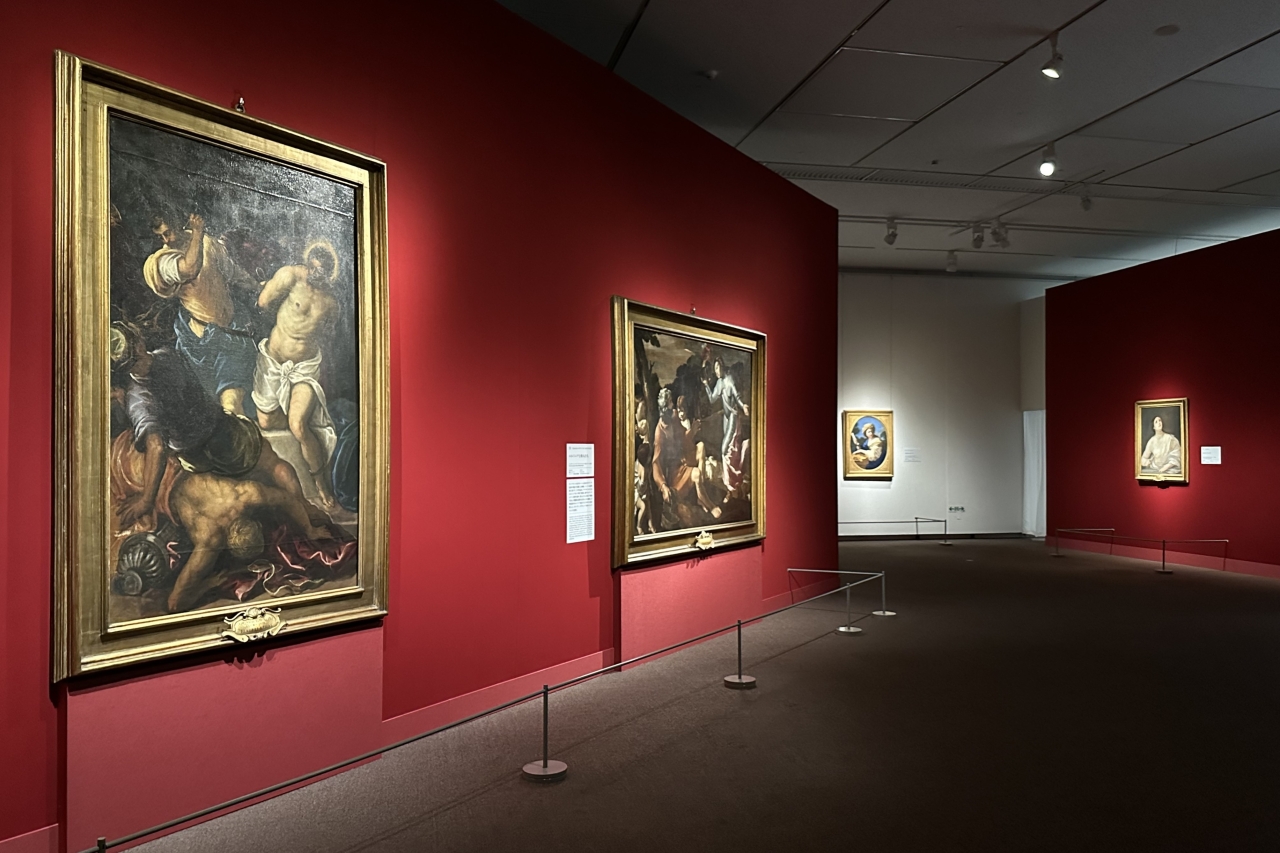
On the left: Domenico Tintoretto, The Flagellation of Christ, 1590s, Capitoline Museums Picture Gallery collection
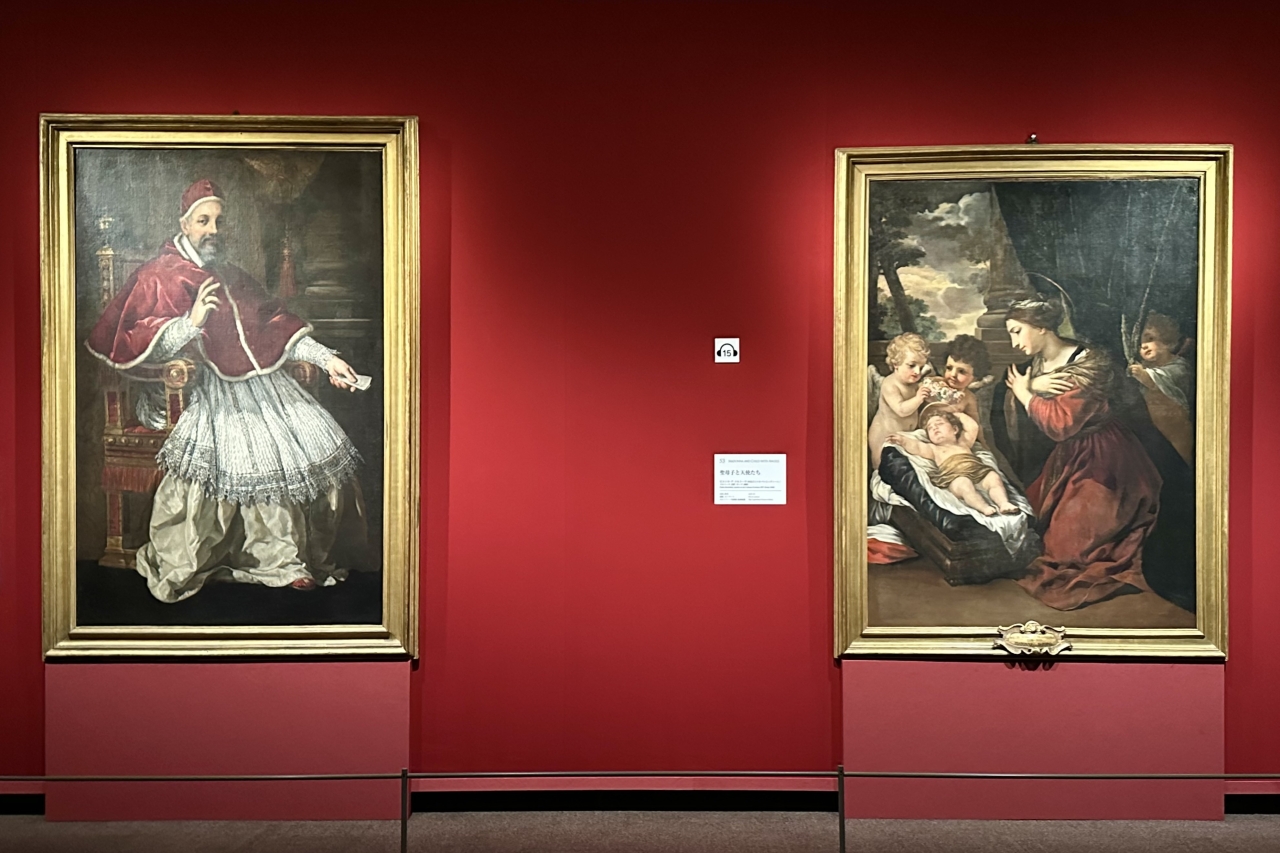
From left: Pietro da Cortona, Portrait of Pope Urban VIII, circa 1624-27, Virgin and Child with Angels, 1625-30, both in the collection of the Capitoline Museums Picture Gallery.
The collection includes masterpieces by painters who were active from the 16th to the 18th century, ranging from Italian Baroque master Pietro da Cortona to works by unknown authors. It tells us about the themes and expressions that were mainstream in Italy at the time, as well as the paintings that captured the interest of art patrons.
Since the 17th century, the city of Rome, a treasure trove of ancient ruins and ecclesiastical architecture, has become a source of artistic inspiration for artists in Italy and abroad, including through the Grand Tour.
In Chapter 5, “A yearning for Rome, the capital of art – the interplay between fantasy and reality'', we will explore the monuments commemorating Emperor Trajan's victory in the Dacian War, which is said to have particularly fascinated artists and European monarchs. Prints and models of the 30-meter ancient monument "Trajan's Column" are on display. We also feature works created using ancient Roman art as a source of inspiration.

Giovanni Battista Piranesi, Panoramic view of the front of Trajan's Column, 1774-75, Museum of Rome collection
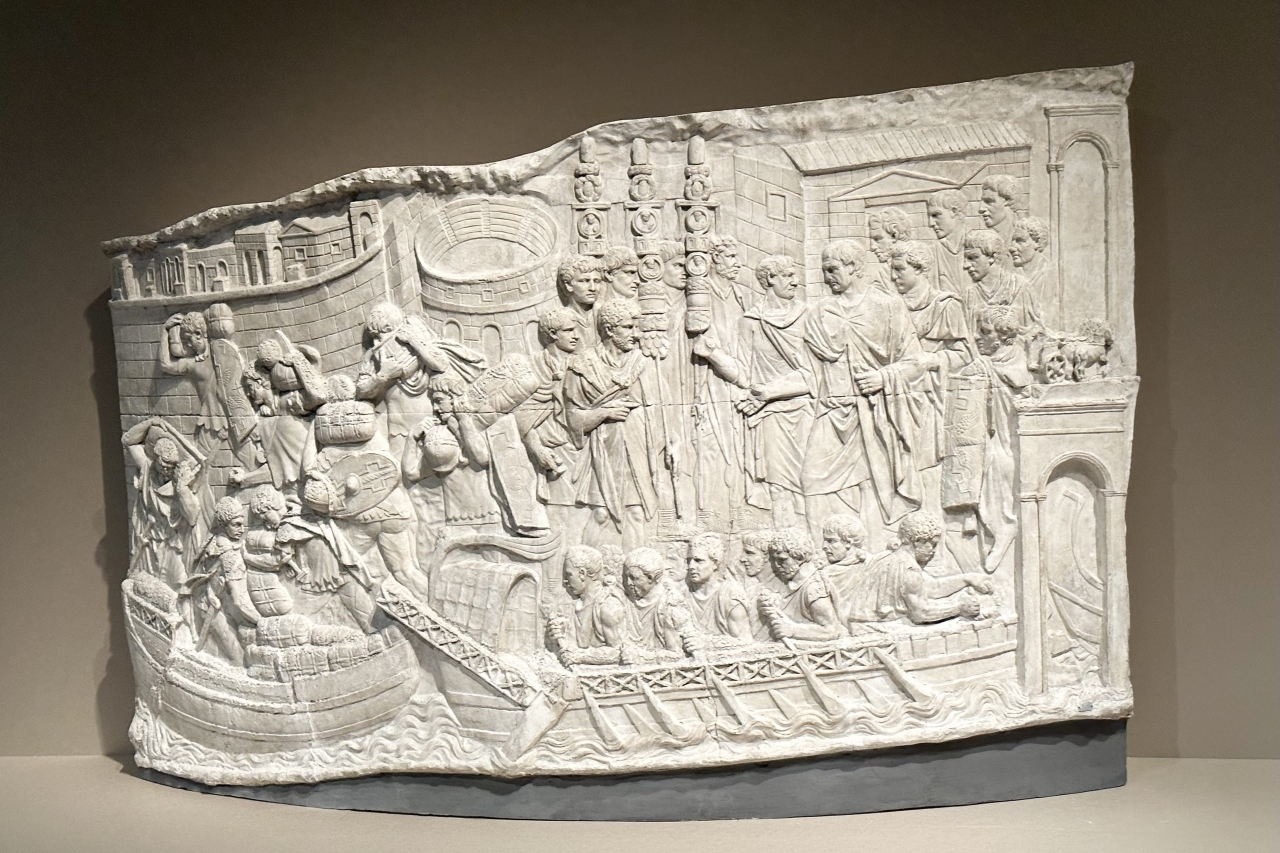
“Moesian Fleet (plaster copy from Trajan’s Column)” 1861-62 (original work in 113), Museum of Roman Civilization
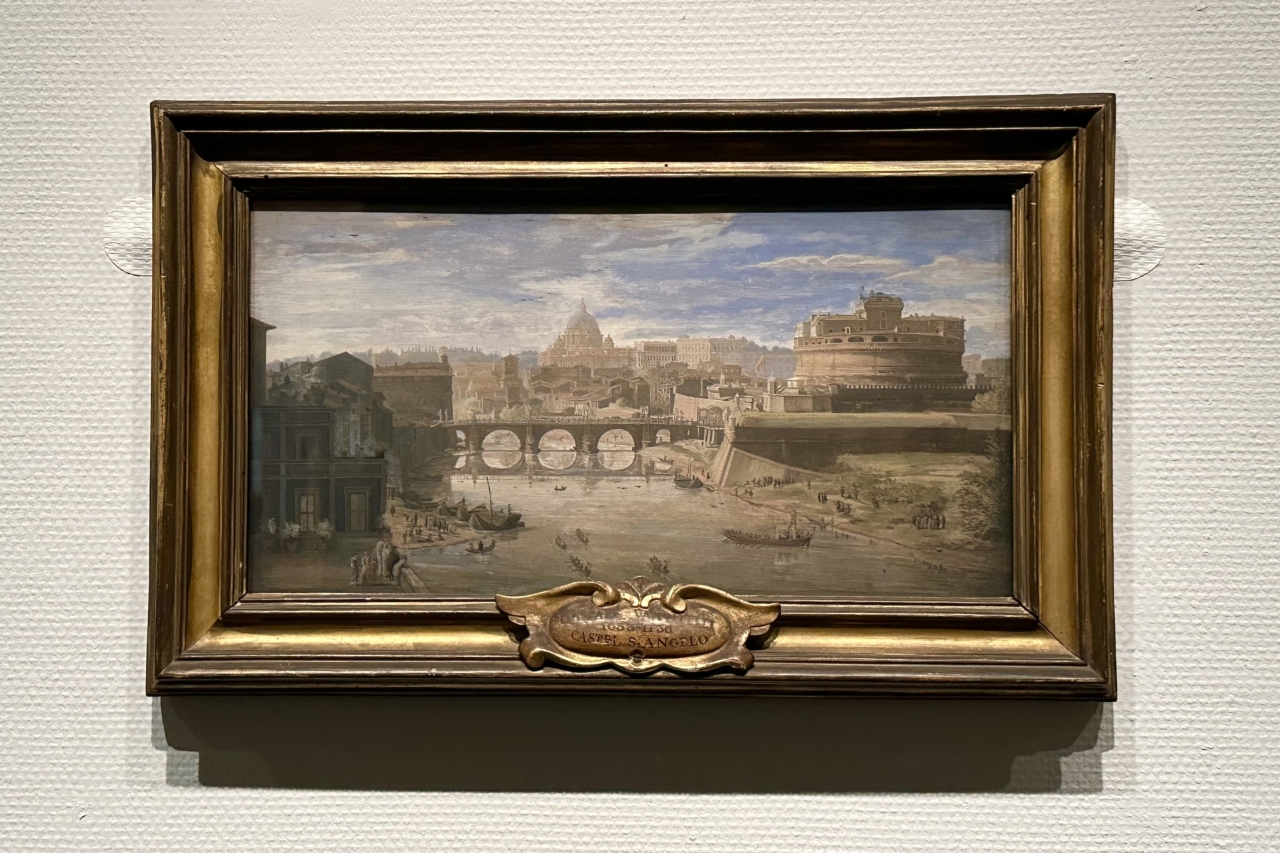
Caspar van Vittel, View of Tor di Nona, 1682-88, Capitoline Museums, Picture Gallery collection

Domenico Corvi, The Discovery of Romulus and Remus (based on Vitel Paul Rubens), 1764-66, Capitoline Museums, Picture Gallery
Meissen's unglazed pottery “Amor and Psyche'' is a small work, about 30 cm in length, but the intertwined bodies, especially the arrangement of the arms reminiscent of a circle, gently holding each other's heads, seem to symbolize eternal love. , I was fascinated by its luscious curves for a while.
The work is a reproduction of the famous 2nd century marble sculpture “Amor and Psyche'' housed in the Capitoline Museums. In the 18th century, as the number of ancient art enthusiasts increased, a new industry for producing miniature versions of famous ancient sculptures and a market for buying and selling them grew, and it is said that many copies of these works were on the market.
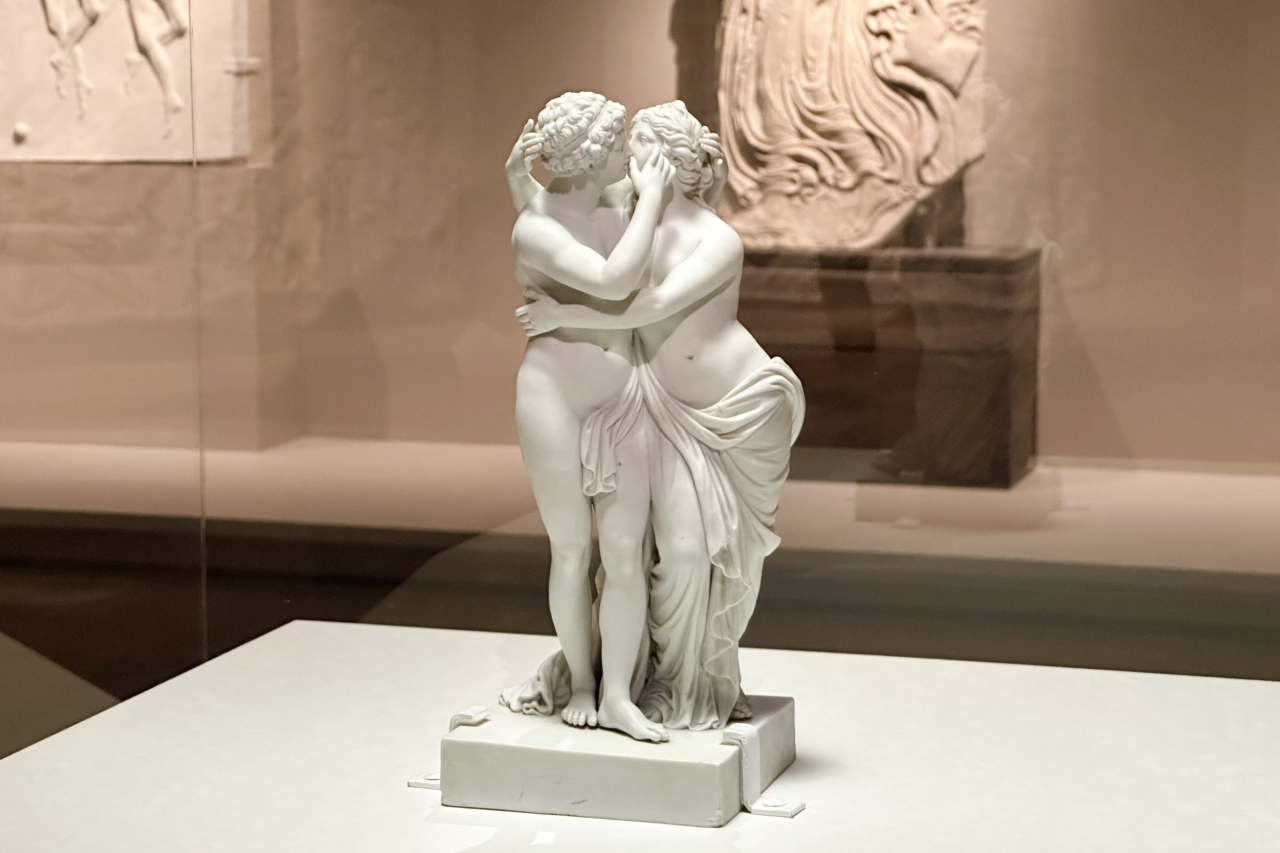
"Amor and Psyche", 18th century, Capitoline Museums, Picture Gallery collection
On the last floor, there is a corner with a special exhibition, “The Capitoline Museums and Japan.''
Exactly 150 years ago, in 1873, the Iwakura Mission sent by the Meiji government to Europe and America visited the Capitoline Museums. Their experiences visiting museums in Europe and the United States influenced the Meiji government's museum policy and art education.
The exhibition will feature illustrations from the visit report “Records of the Circulation of the United States and Europe'', which was created based on picture postcards that the members of the mission likely obtained locally, as well as illustrations of the feelings Japanese people had towards Europe in the early 19th century. We are introducing imaginary drawings that convey an exotic image, such as the Aranda French Kano Garan Drawing .

On the right is Dentagawa Toyoharu (publisher: Nishimuraya Yohachi), Illustration of Aranda's French Cano Cathedral, circa 1804-18, middle right collection.
Furthermore, when Kogakuryo Bijutsu Gakko (later Kobu Bijutsu Gakko) was established as Japan's first art education institution in 1876, Italian teachers invited to teach Western art used famous sculptures as teaching materials. I brought in plaster statues to use as models, including one from the Capitoline Museums.
As evidence of its history, students are thought to have copied the Head of Dionysus, which was created in the 2nd century and is in the Capitoline Museums, and a plaster statue that was based on the same work and was brought to Japan. “Half of the body of European lady Arianne'' are displayed side by side. It symbolizes the timeless connection between the Capitoline and Japan.
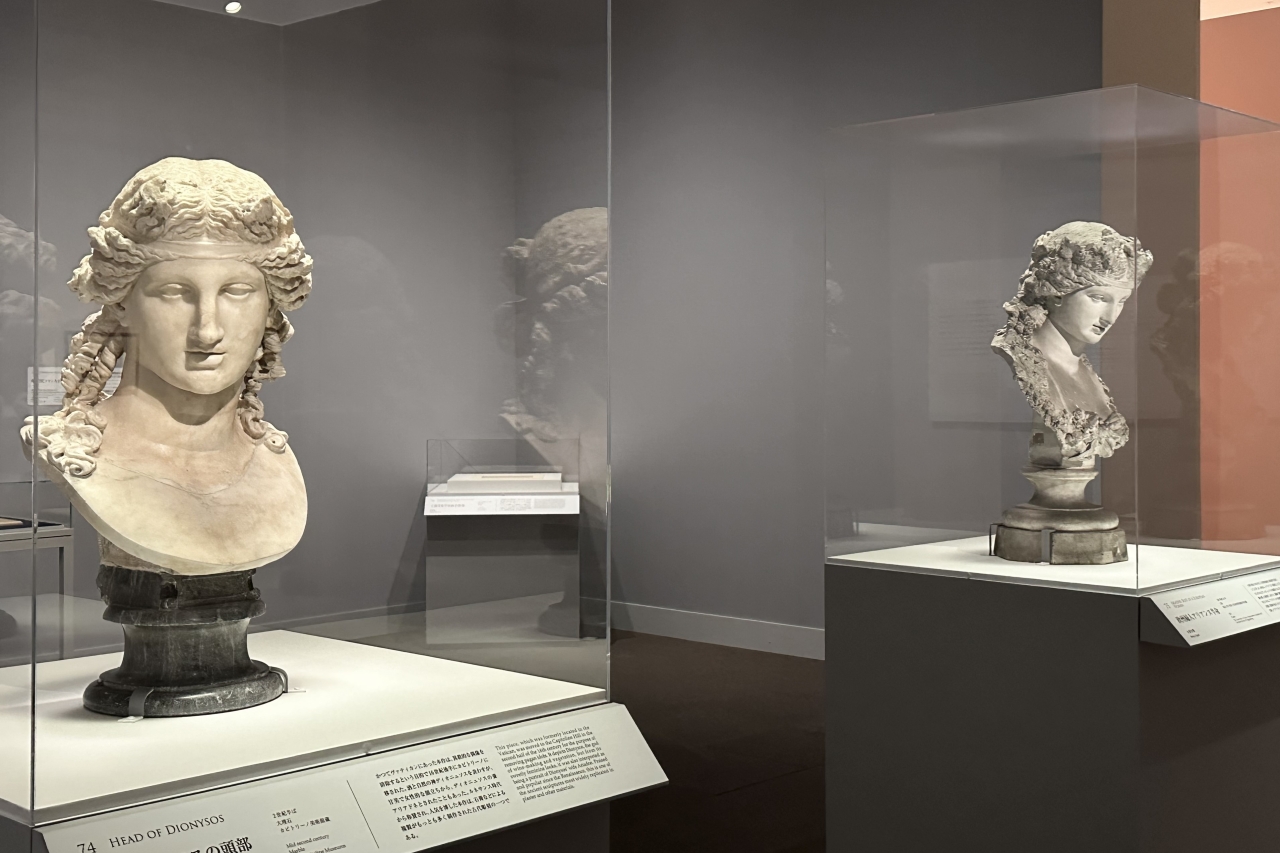
From left: Head of Dionysus, mid-2nd century, Capitoline Museums / Reihiro Oguri, Half Body of European Lady Arianne, 1879, Department of Architecture, Graduate School of Engineering, University of Tokyo.
The Eternal City of Rome Exhibition lets you immerse yourself in the history of the magnificent beauty of Rome, a city that has captivated artists from all over the world. Please come and visit us.
Overview of “Eternal City Rome Exhibition”
| Period | September 16, 2023 (Sat) – December 10, 2023 (Sun) |
| venue | Tokyo Metropolitan Art Museum |
| Opening hours | 9:30-17:30, Fridays 9:30-20:00 (Last entry is 30 minutes before closing) |
| Closed days | Monday, October 10th (Tuesday) *However, the office will be open on October 9th (Monday/Holiday). |
| Viewing fee (tax included) | Adults 2,200 yen, University and vocational school students 1,300 yen, 65 and older 1,500 yen, High school students and under free
*Reservations are required only on Saturdays, Sundays, and holidays. (You can enter if there is space on the day.) No reservations are required to specify the date and time on weekdays. |
| Sponsored by | Tokyo Metropolitan Foundation for History and Culture, Tokyo Metropolitan Art Museum, Mainichi Shimbun, NHK, NHK Promotion |
| Co-host | City of Rome, Department of Cultural Policy of the City of Rome, Department of Cultural Property Supervision of the City of Rome |
| Supervision | Claudio Parigi-Presicce (Superintendent of Cultural Properties, City of Rome) Mazue Kato (art historian, professor of Rikkyo University Faculty of Letters) |
| inquiry | 050-5541-8600 (Hello Dial) |
| Exhibition official website | https://roma2023-24.jp |
*The contents of the article are as of the time of reporting. Please check the official exhibition website for the latest information.
<Past coverage articles>
[Interview report] 102 new items released for the first time! The “Yokoo Tadanori Kanzan Hyakutoku'' exhibition is currently being held at the Tokyo National Museum. See a new frontier that is not bound by anything
